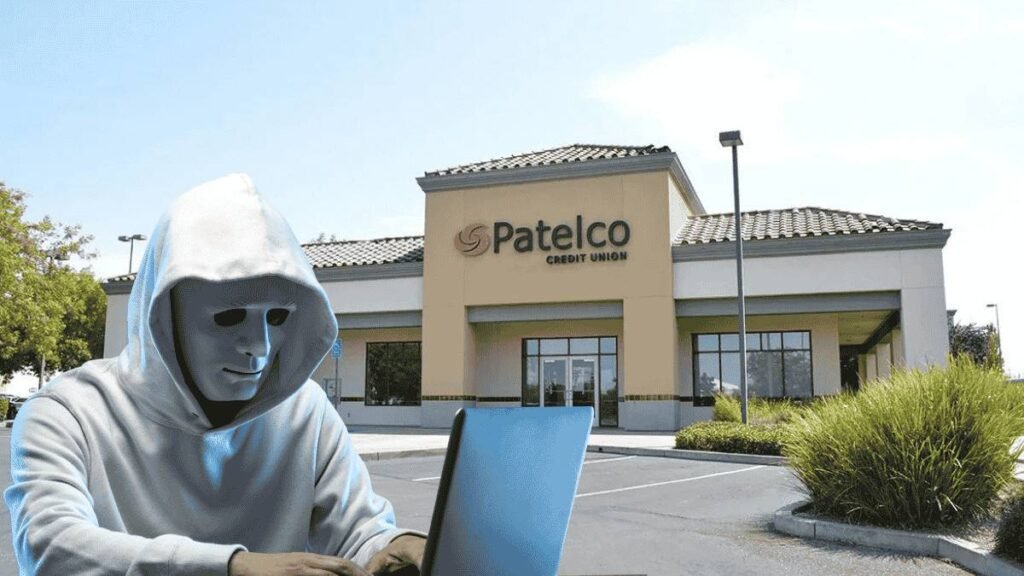The Patelco cyber attack was officially identified on June 29, 2024, when the credit union took key banking systems offline. This sudden shutdown disrupted online banking, mobile app services, and call center operations. According to internal investigation updates, attackers had already gained access as early as May 23.
The breach was more than an inconvenience. It resulted in a full-scale data exfiltration event that exposed the private information of more than 1,009,472 individuals.
What Personal Information Was Exposed?
In filings with the Maine Attorney General’s Office, Patelco first reported the breach impacted 726,000 people. A later update confirmed over 1 million were affected. The types of compromised information include:
- Full names
- Social Security numbers
- Dates of birth
- Driver’s license numbers
- Email addresses
According to RansomHub, who claimed responsibility, the stolen data also contained:
- Physical addresses
- Phone numbers
- Gender
- Encrypted passwords
- Credit scores
This isn’t just identity theft—it’s a long-term risk vector for fraud, phishing, and account takeover attacks.
Who Is RansomHub, and What Was Their Motive?
RansomHub is a rising ransomware group that added Patelco to their Tor-based leak site in mid-August. They alleged that negotiations failed, leading them to begin auctioning the stolen data on the dark web.
Patelco has not confirmed whether any ransom was paid. However, the exposure of more than a million members’ data suggests negotiations either stalled or fell apart. The group’s tactics align with common ransomware pressure strategies: compromise, extort, and leak when demands are unmet.
Patelco’s Response to the Cyber Attack
Patelco responded by offering impacted members two years of free credit monitoring and identity protection. They issued guidance to help customers take action, such as:
- Placing fraud alerts on their credit reports
- Reviewing financial activity regularly
- Changing passwords on all accounts that use the same credentials
Still, some cybersecurity experts argue that two years isn’t long enough—especially given the potential resale value of Social Security numbers and credit data.
The Broader Cybersecurity Problem in Credit Unions
From my perspective, the Patelco cyber attack highlights a bigger systemic issue in the financial services industry—especially among member-owned credit unions. Many of these institutions operate on tight margins and legacy tech stacks that haven’t kept up with modern security threats.
I’ve worked with several financial orgs, and it’s not unusual to see:
- Outdated servers with known vulnerabilities
- Lack of endpoint detection and response (EDR) coverage
- Minimal segmentation between core banking apps and customer data
- No formal zero-trust policy
These weaknesses make organizations like Patelco especially vulnerable to sophisticated ransomware groups.
Real-World Insight From Similar Scenarios
In environments with limited IT budgets and decentralized infrastructure, attackers often gain a foothold through common vectors like:
- Phishing emails targeting low-level staff
- Exploitation of outdated VPN or firewall firmware
- Poorly secured third-party vendor integrations
Once inside, lateral movement goes unnoticed for weeks—just like in Patelco’s case. That’s why proactive controls are vital, not just reactive containment.
Best Practices to Prevent a Future Attack
Here’s what financial institutions—especially credit unions—should prioritize going forward:
- Full data encryption both at rest and in transit
- Regular penetration testing of internal and external apps
- Strict least privilege access policies
- Advanced threat detection systems like XDR
- Third-party vendor audits with enforceable SLAs for security compliance
These aren’t just IT tasks. They’re business imperatives tied directly to customer trust and long-term viability.
Brand Damage and Member Trust
Beyond the breach itself, the Patelco cyber attack shakes something even harder to rebuild—brand loyalty. Credit unions survive on member trust. When that trust is broken, it’s not just one-time damage. It affects future growth, retention, and overall reputation.
Patelco did the right thing by being transparent and offering support. But going forward, they’ll need to communicate how they’ve improved their security stack—and possibly invest in rebranding or customer compensation to reestablish goodwill.
Final Thought
The Patelco cyber attack isn’t just a breach story—it’s a warning for every credit union still relying on outdated systems and minimal cyber hygiene. The question isn’t if more ransomware attacks will come. It’s which institutions are prepared to respond when they do.
From what I’ve seen in the field, resilience starts long before an attack hits. It starts with leadership that prioritizes security as a strategic investment—not a sunk cost.
Related: Ahold Delhaize Cyber Attack Exposes Stolen Company Data
Related: 10 Smart Phone Settings To Protect You While Travelling

